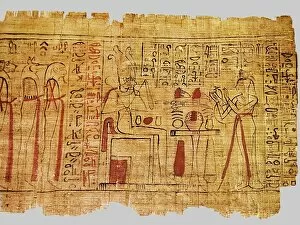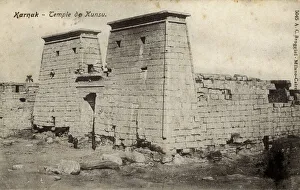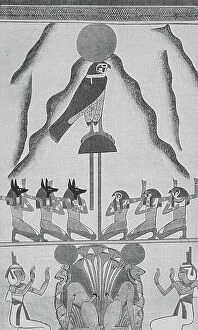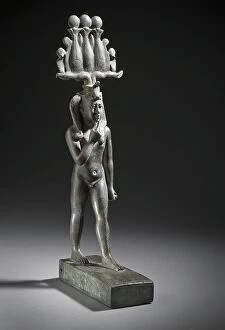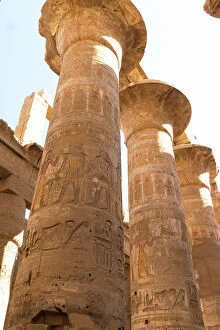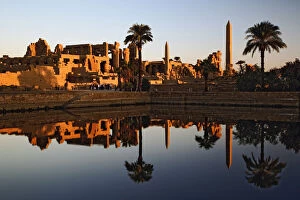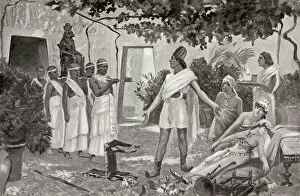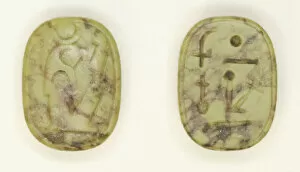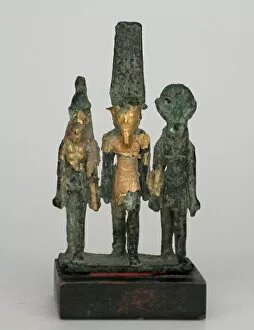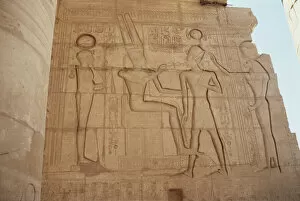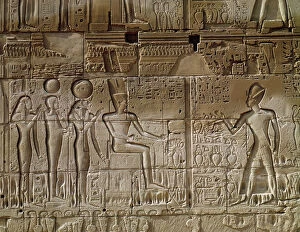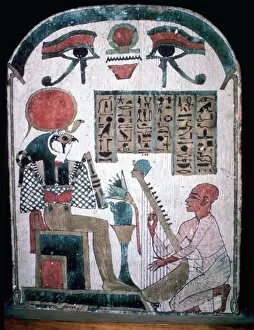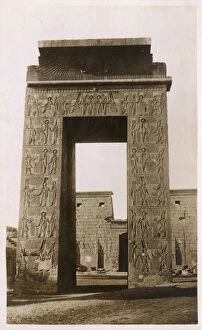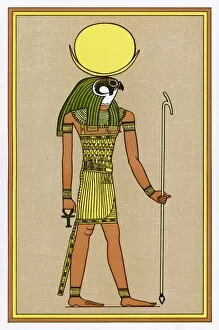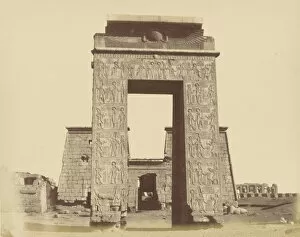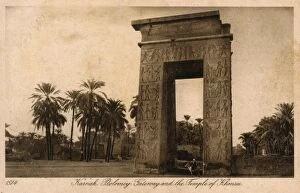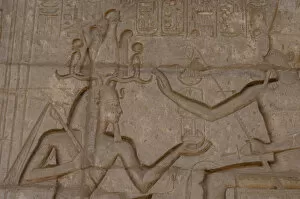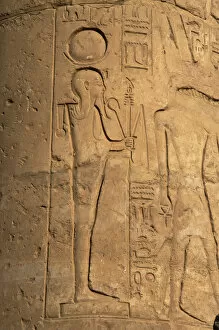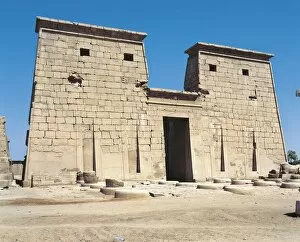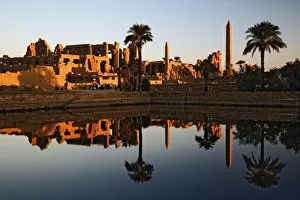Khonsu Collection
"Khonsu: The Divine Healer and Protector of Ancient Egypt" In the sacred texts of the Book of the Dead
For sale as Licensed Images
Choose your image, Select your licence and Download the media
"Khonsu: The Divine Healer and Protector of Ancient Egypt" In the sacred texts of the Book of the Dead, Khonsu emerges as a prominent deity revered for his healing powers and unwavering protection. His temple at Karnak stands as a testament to his significance in Egyptian religion, drawing worshippers from far and wide. Legend has it that Khonsu played a pivotal role in curing the Hittite princess possessed by a devil, showcasing his ability to banish darkness with divine light. This tale, immortalized in Hutchinson's History of Nations published in 1915, serves as an enduring reminder of Khonsu's benevolence. A plaque adorned with an intricate representation of God Khonsu further exemplifies his esteemed position during both the New Kingdom and Third Intermediate Periods. As part of the Theban Triad alongside Amun and Mut, he embodied cosmic balance and harmony. Depicted on reliefs throughout ancient Egypt, often seen accompanied by lioness-headed goddess Mut presenting Pharaoh Ramesses II to an enthroned figure. These artistic depictions symbolize not only divine guidance but also royal authority bestowed upon worthy leaders. The Donation stele discovered at Semabehdet showcases hieroglyphic texts alongside demotic writing dedicated to Khonsu. This artifact highlights the deep devotion Egyptians held towards this god who brought blessings upon their lives. Seti I's relief depicts him making offerings to Amun while seeking favor from Khonsu—a testament to how even powerful pharaohs recognized this deity's importance in their spiritual journey. Even after death, individuals sought solace through faith in Khonsu. A funerary slab belonging to Diedkhonse Soefankh found in Luxor attests to this eternal bond between mortals and their beloved protector beyond life itself.

